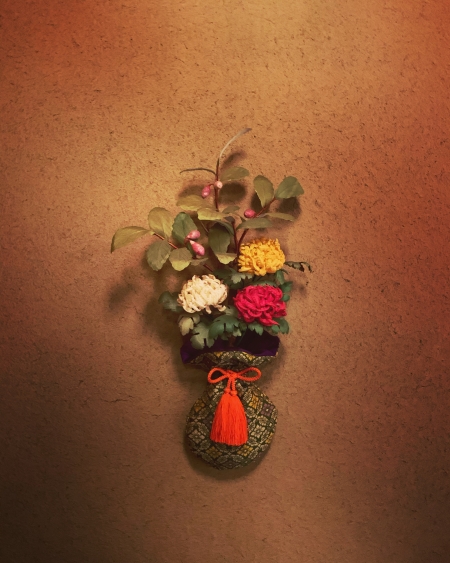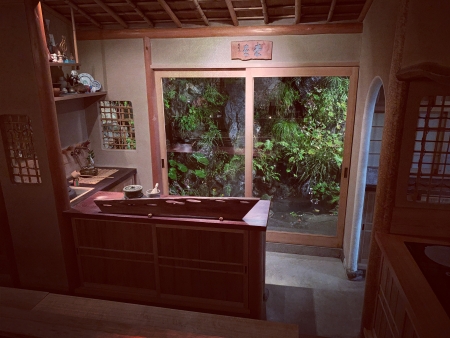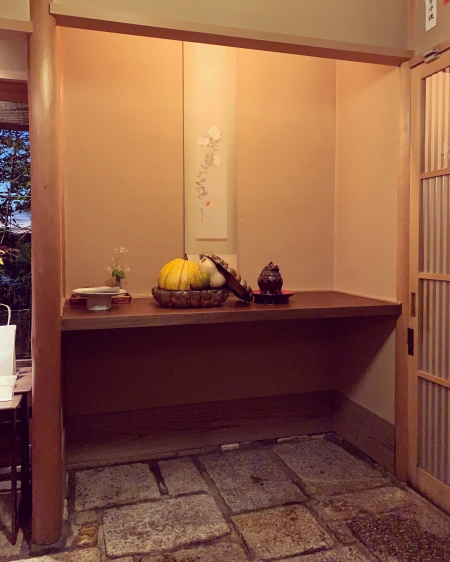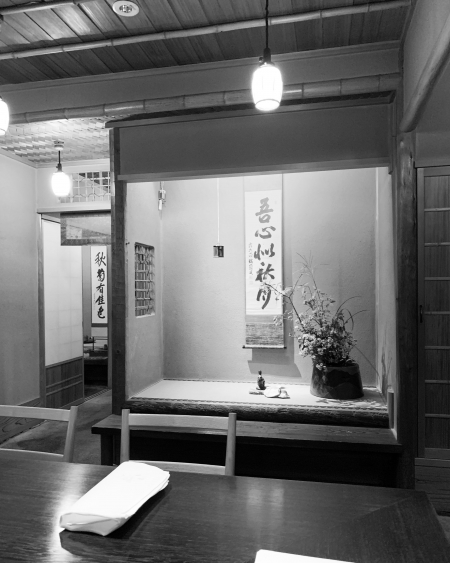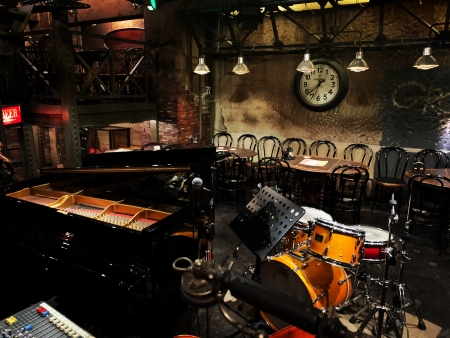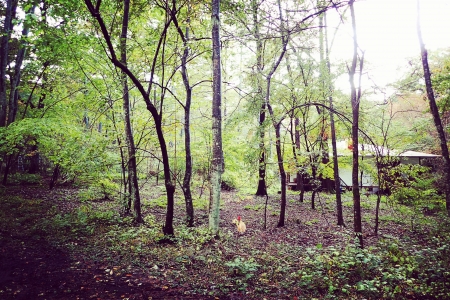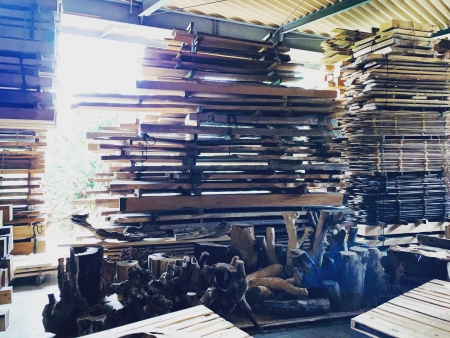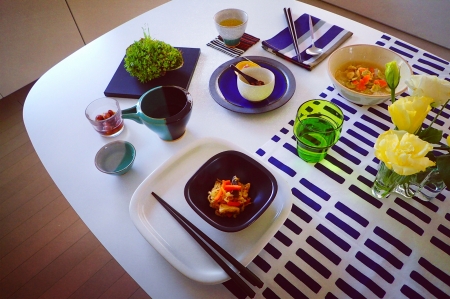日常と気分と設えの関係性
茶室という形式の強さの向こう側にある本質的な日常と気分と設えの関係性について考察している。
茶室と単なる和室の違いは何だろうか?
床の間はある、無いのは躙口と水屋と、炉が切ってあることくらいか。別に無くても、無いなりにお茶を立てることはできるだろう。あと、躙口以外の開口部も違うが、それは演出効果には影響があるだろうが、機能上、お茶を立てるのには問題が無い。特に必要な何かは無いかもしれない。もしかしたら、畳さえも、和室でなくても。
そう、単にお茶を立てるだけならば、どこでも良いのだが、茶室でなければならないことがあるのだろう。それは設えができること、その設えが重要で、その設えがお茶会には大事で、それが茶室でなければならない理由であるならば、単なる和室と茶室との違い、その落差を拡張して表現することによって、お茶会の主題や季節感などを抽象的に、暗喩的に表現している。
単なる和室に設えをしてしまったら、それは掛け軸やお花などの単なる見本市になってしまう。単なる和室と茶室という空間の落差があるから、設えをしても、その落差によって、特別な意味合いや物語が生まれる。そして、その意味合いや物語は、設える側の気分でも変わるし、受け止める側の気分でも変わる。
お茶会は非日常な出来事であるかもしれないが、お茶会の主題や季節感は日常を扱っている。だから、日常に応用できるだろう。
単なる和室と茶室の違い、でなければならない理由が見えてきたので、あと少し考察すると形につながるとは思うのだが、それで、用意している建築家の建築性とは違う建築性を用いればよいだろうとは思うのだが。
"Relationship between daily life, mood and setting"
It examines the relationship between essential daily life, mood, and setting beyond the strength of the tearoom.
What is the difference between a tea room and a simple Japanese room?
There is a space between the floors, but the only thing that is missing is the shed, water shop, and the furnace being cut. Even without it, you could make tea without it. Also, the opening other than the shed is different, but it will affect the production effect, but there is no problem in making tea functionally. There may not be anything necessary. Maybe even tatami mats are not Japanese-style rooms.
Yes, if you just want to make tea, it may be anywhere, but it may have to be a tearoom. If that setting is important, that setting is important, and that setting is important to the tea party, and that is why it must be a tea room, simply express the difference between the Japanese-style room and the tea room, and expand the gap. In this way, the theme of the tea party and the sense of the season are expressed abstractly and metaphorically.
If you set up a simple Japanese-style room, it becomes a mere trade fair for hanging scrolls and flowers. Because there is a mere gap between the Japanese-style room and the tea room, even if it is set up, a special meaning or story is born by the drop. And the meanings and stories will change depending on the mood of the person making it and the mood of the person receiving it.
The tea party may be an extraordinary event, but the theme and sense of season of the tea party deal with everyday life. So it can be applied in everyday life.
The difference between simple Japanese-style room and tea room has become apparent, so I think that it will lead to form if you consider a little more, but if you use an architecture that is different from the architecture of the architect you are preparing, I think it would be good.

